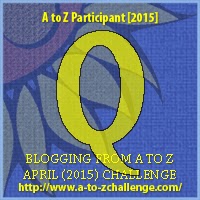
Apparently, I'm not the only one. OfficeTime.net recently released the results of their annual survey of small business professionals, and email is the number one time waster, with surfing the Internet coming in at number three. (Luckily, most writers don't have too many meetings, which holds the number two time killer spot.)





















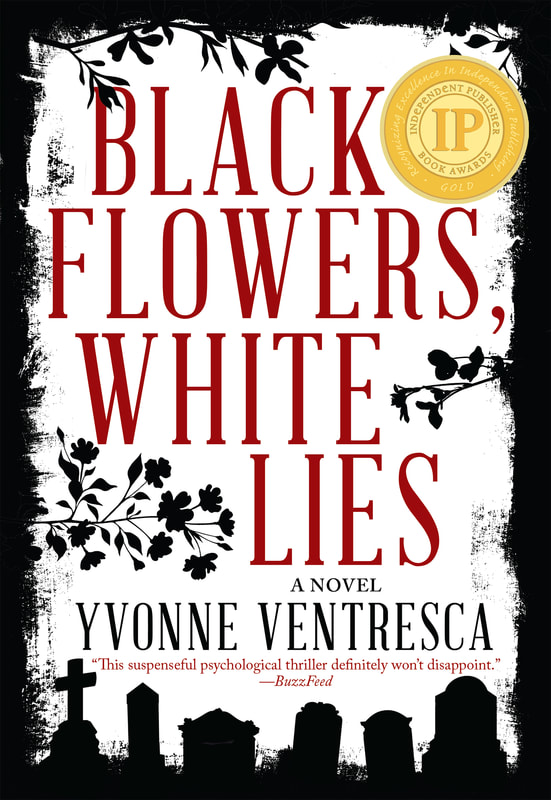
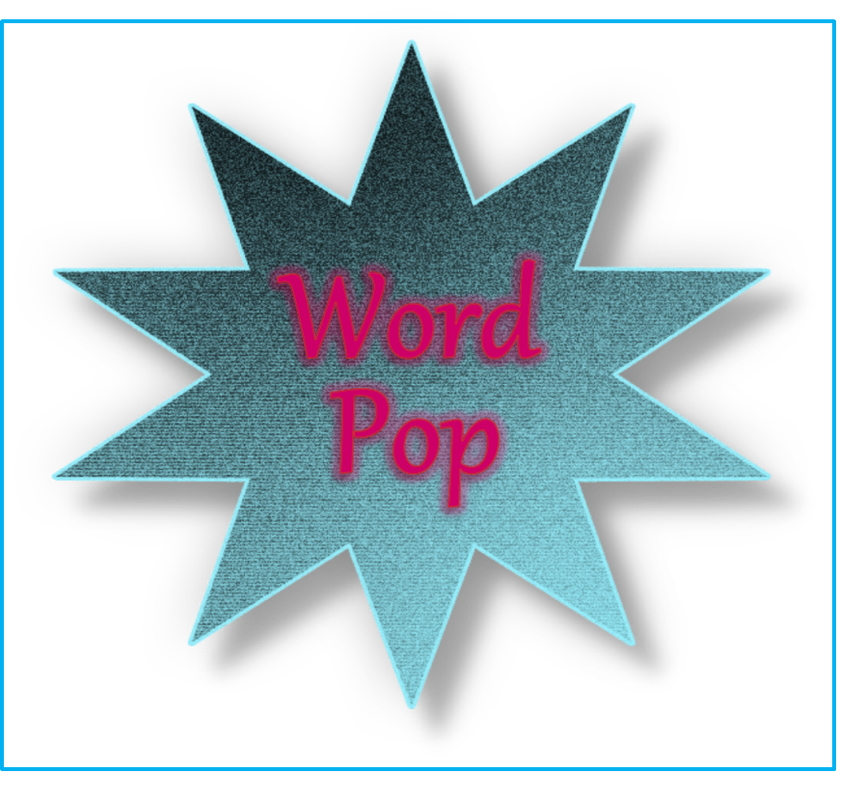
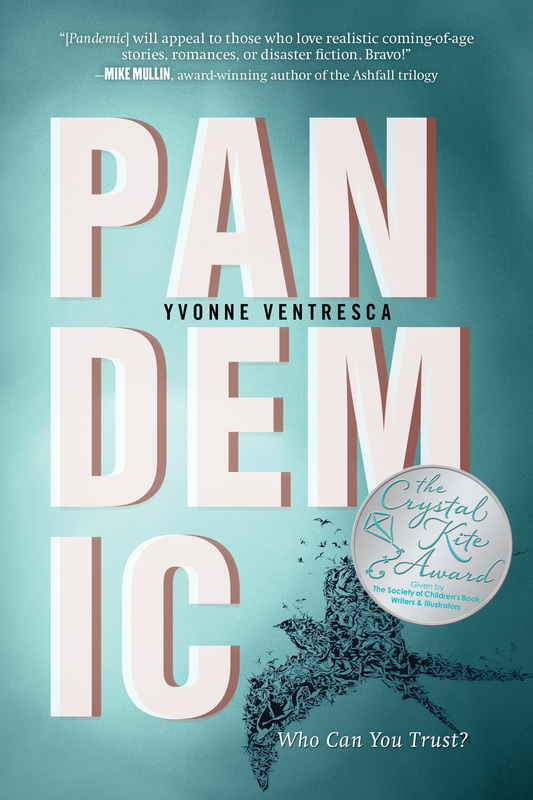
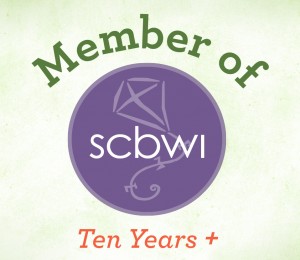

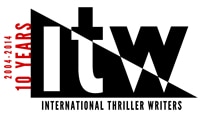
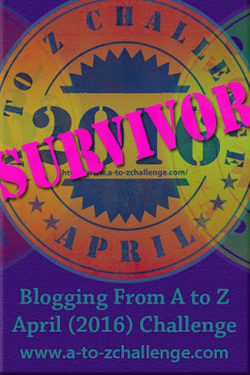
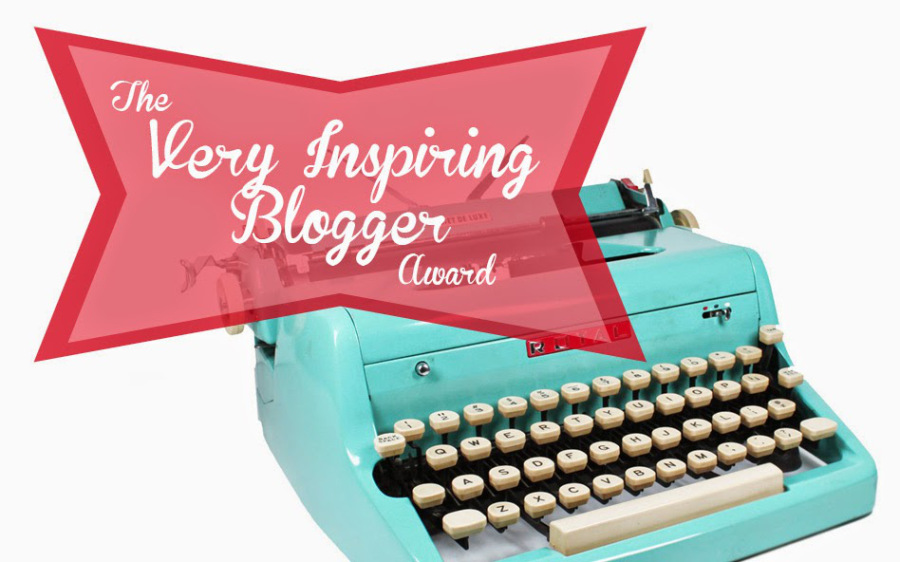
 RSS Feed
RSS Feed